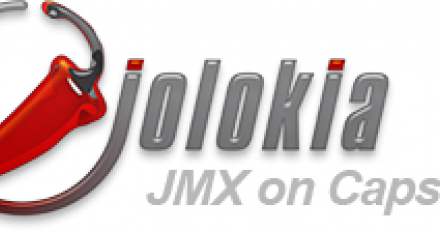
Article
Develop and Deploy on OpenShift Next-Gen using Red Hat JBoss Developer Studio
The OpenShift Next-Gen platform is available for evaluation: visit https://console.preview.openshift.com /. It is based on Red Hat OpenShift Container Platform 3.4. This preview allows you to play with OpenShift Container Platform 3.4 and deploy artifacts. The evaluation is limited to one month. The purpose of the article is to describe how to use Red Hat JBoss Developer Studio or JBoss Tools together with this online platform. Install Red Hat JBoss Developer Studio If you have not already installed Red Hat...




